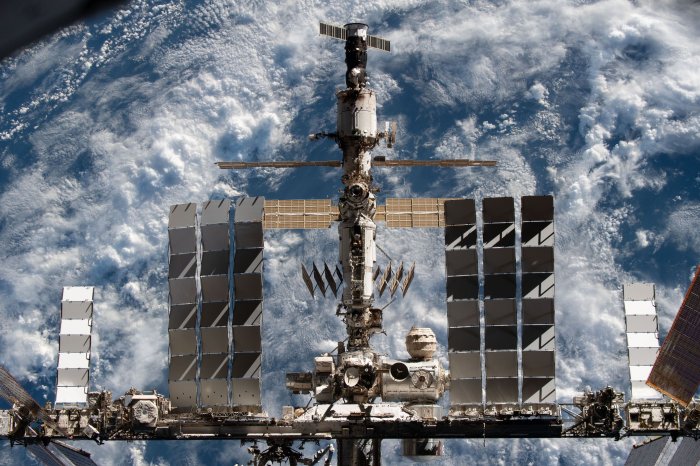1 of 3 | Virgin Orbit's LauncherOne rocket, like one shown here in a 2019 test over the Pacific Ociean, is scheduled to launch science experiments for NASA and several universities on Sunday. Photo by Greg Robinson/courtesy of Virgin Orbit
ORLANDO, Fla., Jan. 15 (UPI) -- Virgin Orbit plans to try again Sunday to send 10 small science satellites for NASA and several universities into orbit using a rocket launched over the Pacific Ocean.
The mission is scheduled to begin at 10 a.m. PST when Virgin's Cosmic Girl aircraft, a modified Boeing 747, takes off from Mojave Air and Space Port 90 miles north of Los Angeles. The plane carries the LauncherOne rocket under its wing.
The company created a three-hour window for potential last-minute delays. Virgin scrubbed an attempt in December when employees entered quarantine because of COVID-19 exposure. The company also delayed the launch from last week.
Those who are sponsoring experiments hope they having been affected by the failure to carry out the mission sooner.
"The spacecraft is out of our hands since it was packed for launch in October, so there's nothing we can do now," said Joshua Colwell, a physics professor and planetary scientist at the University of Central Florida in Orlando, which built one of the small satellites.
"The delay means the rechargeable batteries are slowly losing charge and may require a day on orbit for solar charging before full operations," Colwell said.
Other than a potential battery drain, Colwell and a Virgin Orbit spokesman said no other impact to the satellites is expected.
After the rocket carrying the satellites is released, the 747 will veer upward and away from the launch path. Thrusters will fire, taking the second stage and payloads into space. The second stage is to move the satellites into their intended orbit, releasing them in batches of three.
The launch is the first time a Virgin Orbit rocket will carry a commercial payload. The company successfully launched a similar rocket once before in May without a paying customer, but it failed after disengaging from the plane.
"With COVID-19 a constant watch item, we're testing more often than ever and using every approach available to protect everyone's health," the company posted on Twitter after announcing a new launch date.
The University of Central Florida's spacecraft is called Q-PACE, which has video cameras inside to observe how quartz marbles interact with smaller spheres, dust and other materials in the microgravity of low-Earth orbit, according to Colwell.
Built with a $400,000 grant from NASA, the experiment is intended to help explain how electrostatic energy causes dust and rocks to clump together, eventually forming planetary bodies or planetary rings like Saturn's and Neptune's.
The 10 satellites, called CubeSats, include nine that were were designed and built by eight universities in the United States, along with one built by NASA's Ames Research Center in Moffett, Calif.
Other satellites include two devices intended to inspect other spacecraft in space, two that will measure space radiation and one that will monitor storms.
Most of the satellites to be sent aloft are only about a foot long and just a few inches high and wide.
Over the past few decades, NASA has launched many similar flights, which it calls Educational Launch of Nanosatellites (ELaNa) missions. The upcoming launch is ELaNa 20.
The International Space Station is pictured from the SpaceX Crew Dragon Endeavour during a flyaround of the orbiting lab that took place following its undocking from the Harmony module’s space-facing port on November 8. Photo courtesy of NASA
















